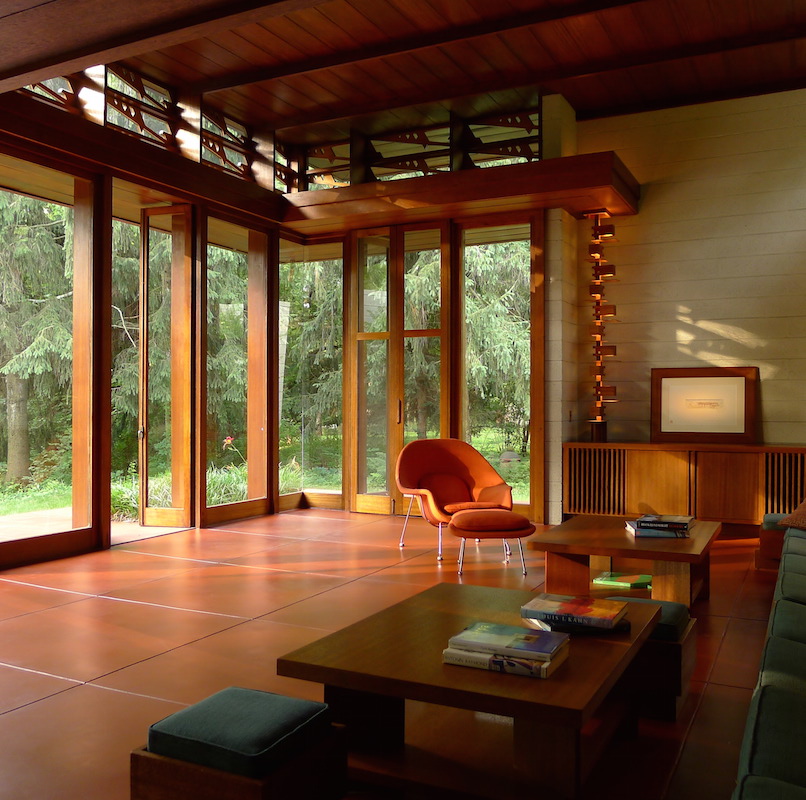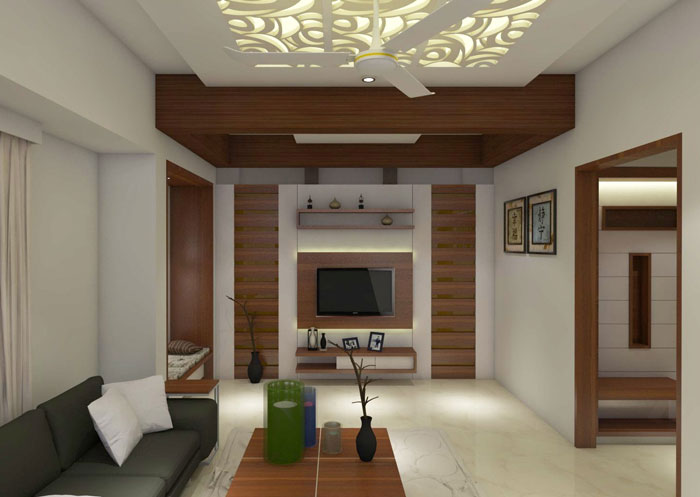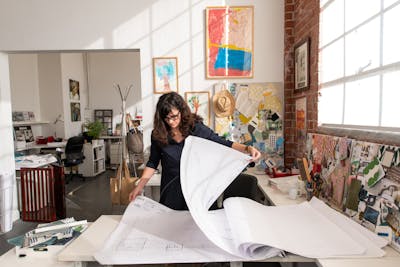The Art of Balance: How Interior Design and Home Designer Collaborate for Stunning Outcomes
In the realm of home layout, striking a balance between aesthetic appeals and functionality is no tiny task. This fragile stability is achieved with the unified collaboration between interior developers and designers, each bringing their special expertise to the table. Keep with us as we explore the intricacies of this joint procedure and its transformative influence on home style.
Comprehending the Core Distinctions In Between Inside Design and Home Style
While both indoor layout and home design play vital functions in developing visually pleasing and useful areas, they are naturally various disciplines. It deals with the 'bones' of the structure, working with spatial measurements, load-bearing wall surfaces, and roof styles. On the various other hand, interior layout is more worried with improving the visual and sensory experience within that framework.
The Synergy Between Home Style and Interior Layout
The synergy between home design and Interior Design lies in a shared vision of layout and the improvement of useful visual appeals. When these two fields line up sympathetically, they can transform a space from average to remarkable. This partnership needs a deeper understanding of each technique's principles and the capability to create a natural, cosmetically pleasing environment.
Unifying Style Vision
Merging the vision for home architecture and Interior Design can produce a harmonious space that is both useful and visually pleasing. The balance starts with an incorporated way of thinking; engineers and indoor developers team up, each bringing their knowledge. This unison of ideas develops the layout vision, a plan that guides the job. This common vision is necessary for uniformity throughout the home, making sure a fluid change from exterior architecture to indoor rooms. It advertises a synergistic strategy where building elements complement Interior Design elements and vice versa. The outcome is a natural living space that mirrors the homeowner's character, preference, and lifestyle. Thus, unifying the design vision is important in mixing style and Interior Design for sensational outcomes.
Enhancing Useful Aesthetic Appeals
Just how does the synergy between home design and Interior Design boost practical appearances? This harmony enables the development of spaces that are not only aesthetically attractive however likewise easily functional. Engineers lay the foundation with their architectural design, ensuring that the space is efficient and practical. The indoor developer after that enhances this with thoroughly picked aspects that boost the aesthetics without endangering the functionality. This harmonious collaboration can cause homes that are both beautiful and livable. For circumstances, an architect might create a home with high ceilings and huge home windows. The indoor developer can then emphasize these attributes with large drapes and high plants, respectively, thus boosting the aesthetic appeal while keeping the functional advantages of natural light and spaciousness.
Importance of Cooperation in Creating Balanced Spaces
The cooperation between interior developers and engineers is critical in creating well balanced areas. It brings consistency in between design and style, bring to life rooms that are not just visually pleasing yet likewise useful. Exploring successful joint approaches can provide understandings right into exactly how this harmony can be successfully attained.
Integrating Style and Style
Balance, a necessary aspect of both indoor layout and style, can just truly be accomplished when these two areas job in harmony. This collaborative procedure results in a cohesive, well balanced style where every aspect has a purpose and contributes to the general visual. Integrating style and architecture is not just concerning creating attractive spaces, however regarding crafting rooms that function seamlessly for their residents.
Successful Joint Techniques

Case Researches: Effective Integration of Design and Architecture
Examining a number of study, it comes to be apparent just how the effective assimilation of Interior Design and architecture can change a room. The Glass Residence in Connecticut, renowned for its minimalistic sophistication, is one such instance. Engineer Philip Johnson More hints and indoor developer Mies van der Rohe teamed up to create an unified equilibrium in between the structure and the inside, resulting in a smooth circulation from the exterior landscape to the internal living quarters. One more prototype is the Fallingwater Home in Pennsylvania. Designer Frank Lloyd Wright and interior developer Edgar Kaufmann Jr.'s collaborative initiatives More Help lead to a strikingly one-of-a-kind home that mixes with its natural environments. These case research studies highlight the extensive impact of an effective design and architecture cooperation.

Getting Over Difficulties in Design and Architecture Partnership
Despite the obvious advantages of an effective partnership between Interior Design and architecture, it is not without its challenges. Interaction problems can arise, as both celebrations may utilize different terms, understandings, and approaches in their work. This can lead to misconceptions and delays in job completion. An additional significant challenge is the balancing act of appearances and performance. Architects may prioritize architectural stability and security, while developers concentrate on comfort and style. check this The assimilation of these goals can be complex. Additionally, spending plan and timeline constraints commonly include stress, potentially causing rifts in the cooperation. Therefore, efficient interaction, common understanding, and compromise are essential to get rid of these difficulties and accomplish a successful and harmonious partnership.

Future Fads: The Evolving Relationship Between Home Architects and Inside Designers
As the world of home layout proceeds to develop, so does the relationship in between designers and interior designers. Alternatively, interior developers are embracing technological elements, affecting overall layout and functionality. The future assures an extra cohesive, innovative, and flexible technique to home layout, as developers and designers proceed to obscure the lines, cultivating a partnership that really personifies the art of balance.
Verdict
The art of balance in home design is attained with the unified partnership in between indoor developers and designers. Despite challenges, this partnership promotes growth and advancement in design.
While both interior layout and home design play necessary duties in developing visually pleasing and practical areas, they are naturally different techniques.The synergy in between home style and indoor design lies in a shared vision of design and the enhancement of practical visual appeals.Combining the vision for home architecture and indoor design can develop a harmonious living room that is both practical and aesthetically pleasing. Therefore, unifying the design vision is essential in blending architecture and interior layout for sensational outcomes.
Just how does the harmony in between home style and indoor design enhance practical appearances? (Winchester architect)